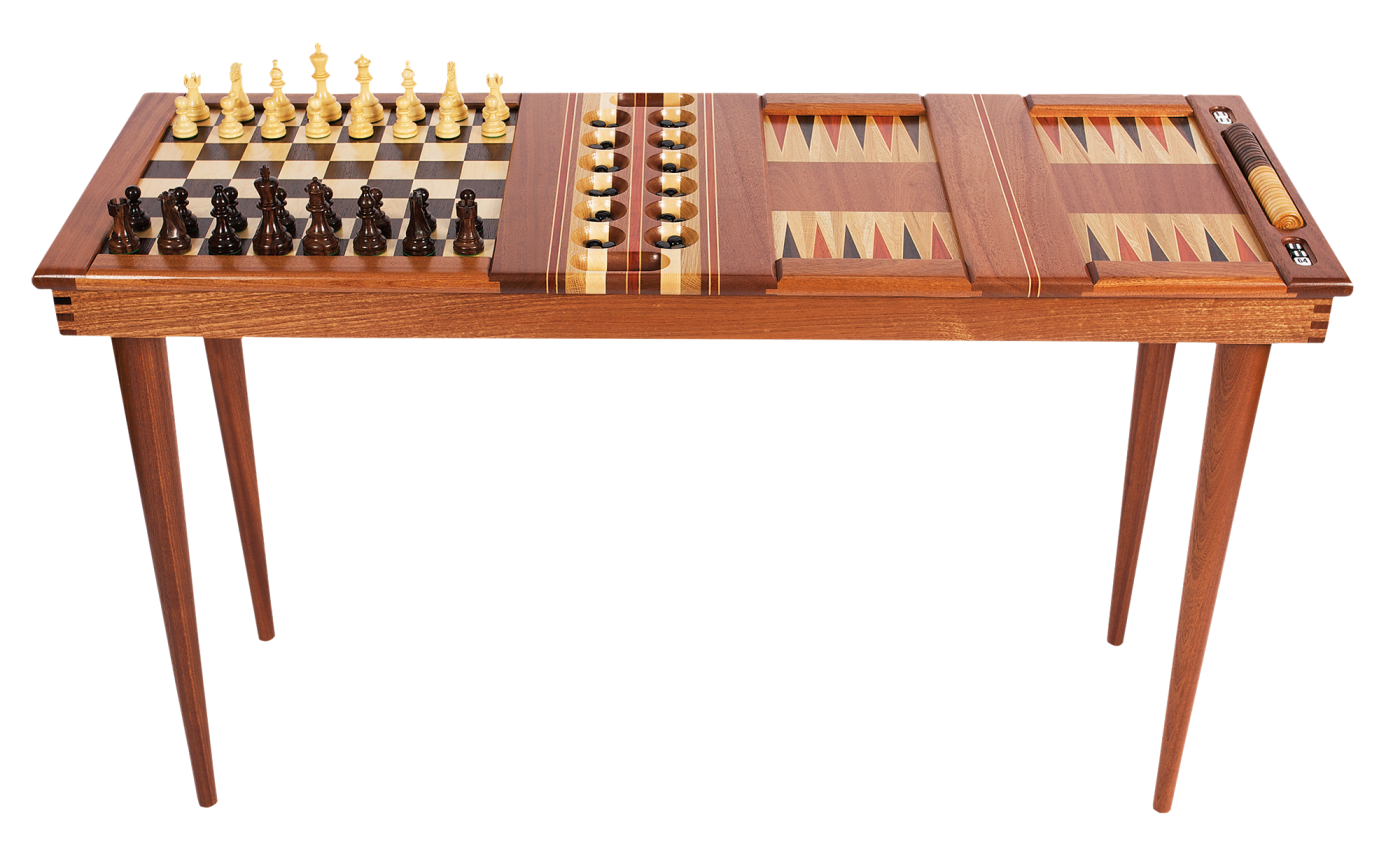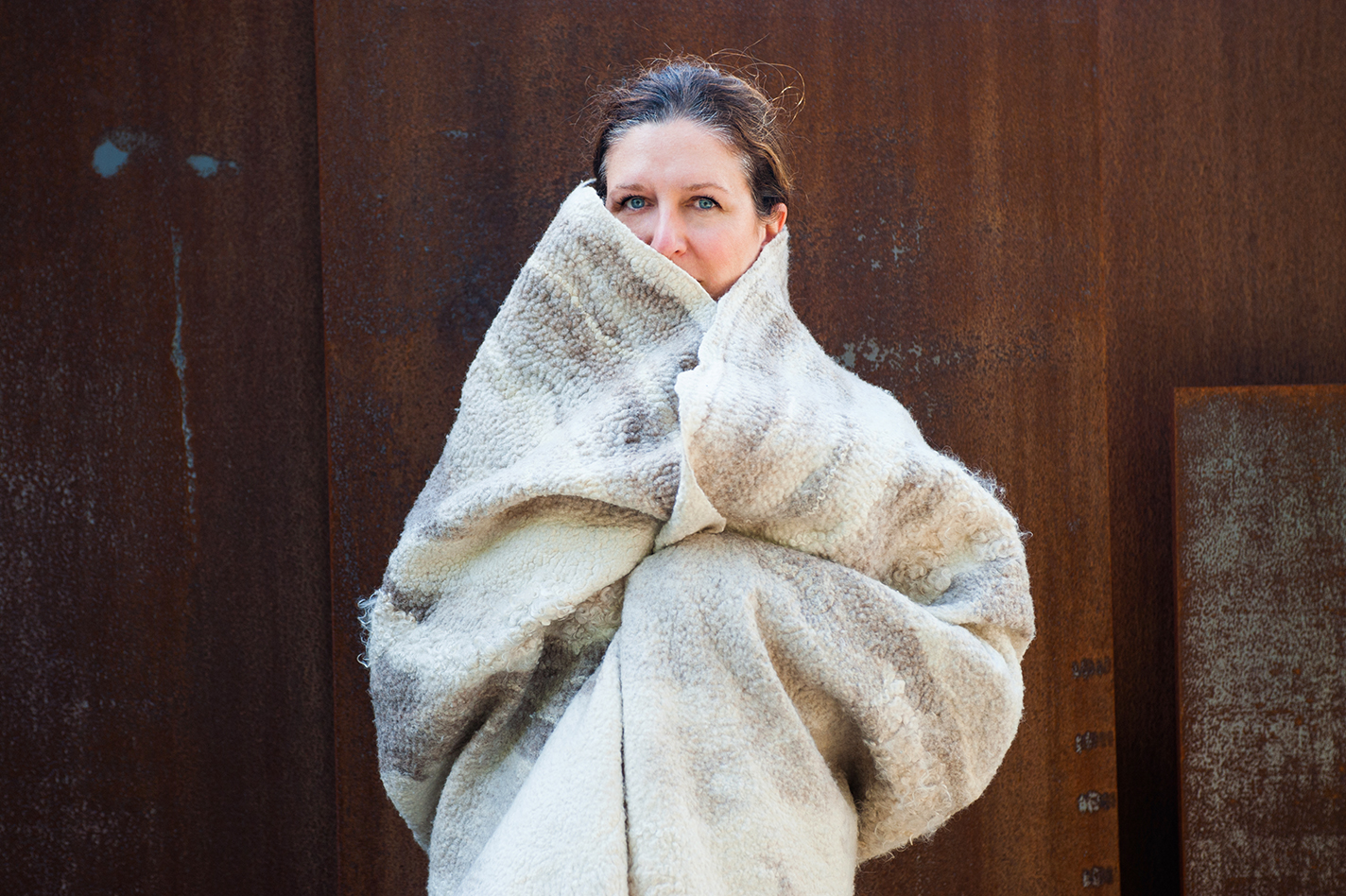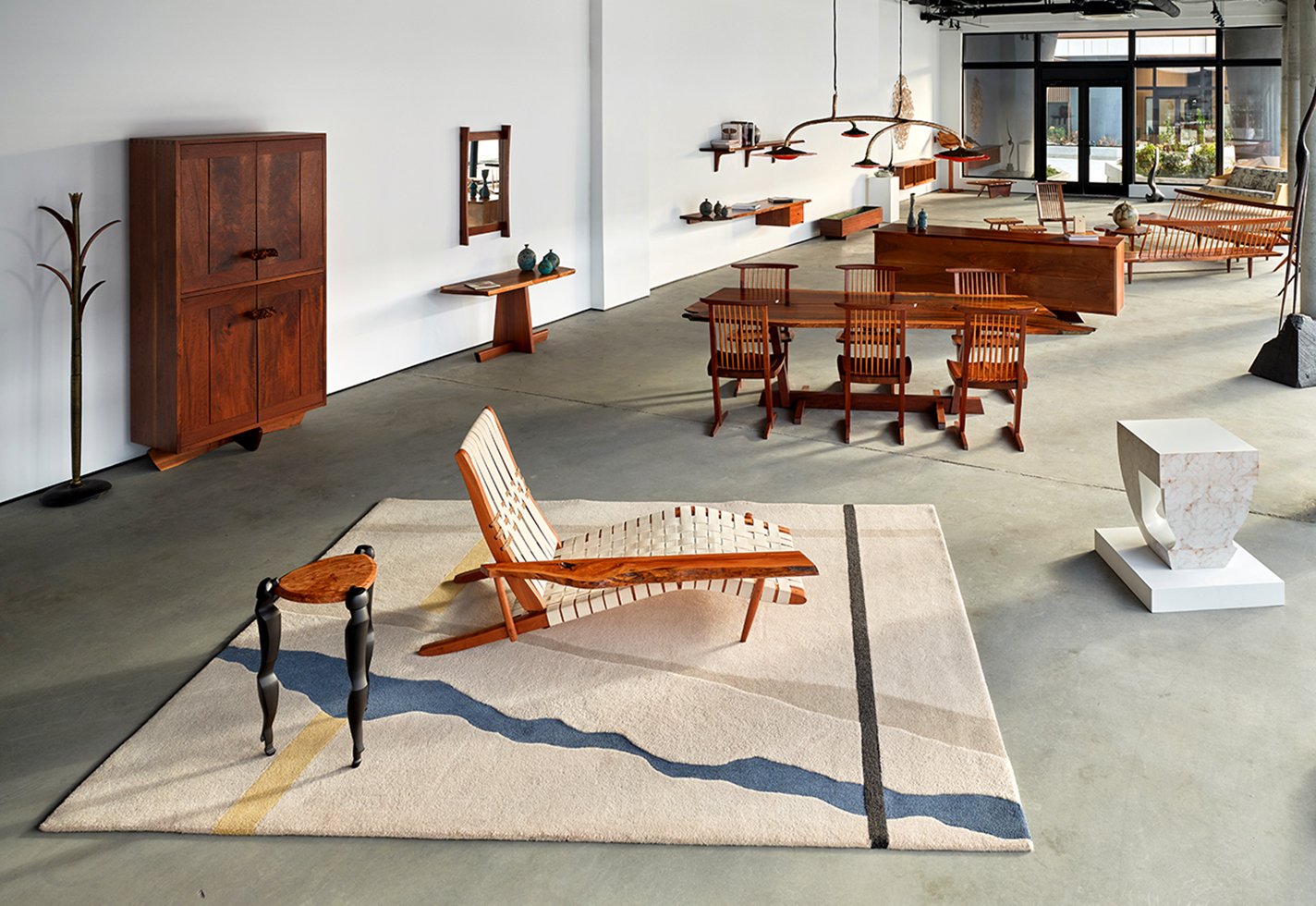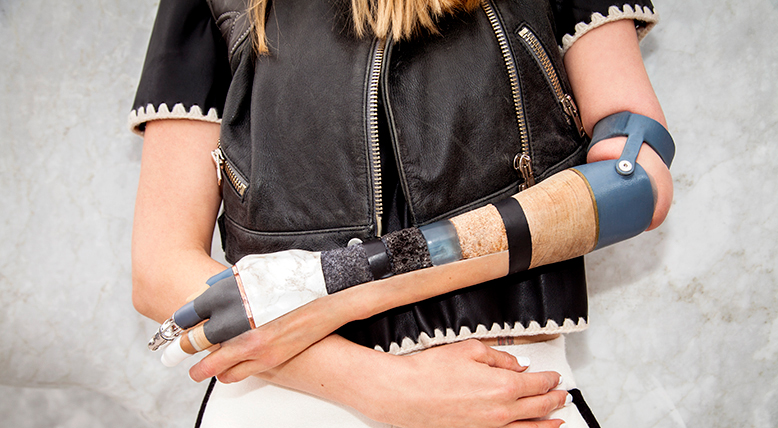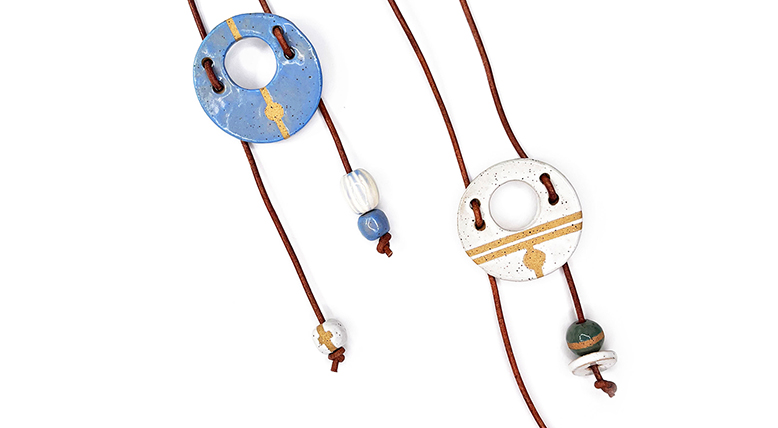Los Angeles–based Brian Roedel’s interest in working with leather—and eventually backgammon boards—started with an aha moment. In 2018, he was working as a film unit still photographer, a job that required him to carry two cameras at once. There was no shortage of dual holsters he could have purchased, but he decided to make one himself. Working with leather was a revelation, even though it wasn’t easy. “I try not to drink coffee on days when I am working with it,” says Roedel, who creates leather goods for his company, Upstate Handmade. “It is a very unforgiving format, where all your flaws are exposed. So you have to slow down.”
In 2023, he and a woodworker named Joe Lepp—who works as a grip in the film industry—launched a line of backgammon boards called Heirloom Boards, which feature playing surfaces crafted mostly from luxury Italian leather sustainably sourced from the meat industry. Everything is done by hand, from the cutting to the stitching to the creation of the wet molds used to shape the leather. While Lepp initially made the solid wood cases by hand, he switched to a CNC machine to increase precision. Wood options for boards and checkers include mahogany, cherry, purpleheart, alder, maple, African padauk, and teak. Each backgammon set takes a day and a half of sanding, finishing, and polishing to complete.
To gain design insights, Lepp and Roedel regularly visit backgammon clubs and meetups in Los Angeles. “Backgammon is back!” says Roedel. “It’s getting people together, getting strangers together to talk and meet in real life.”
upstatehandmade.com
Elizabeth Foy Larsen is a Minneapolis-based writer and editor.





